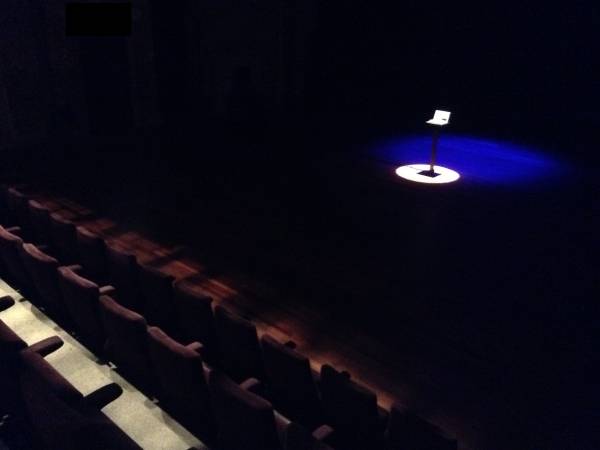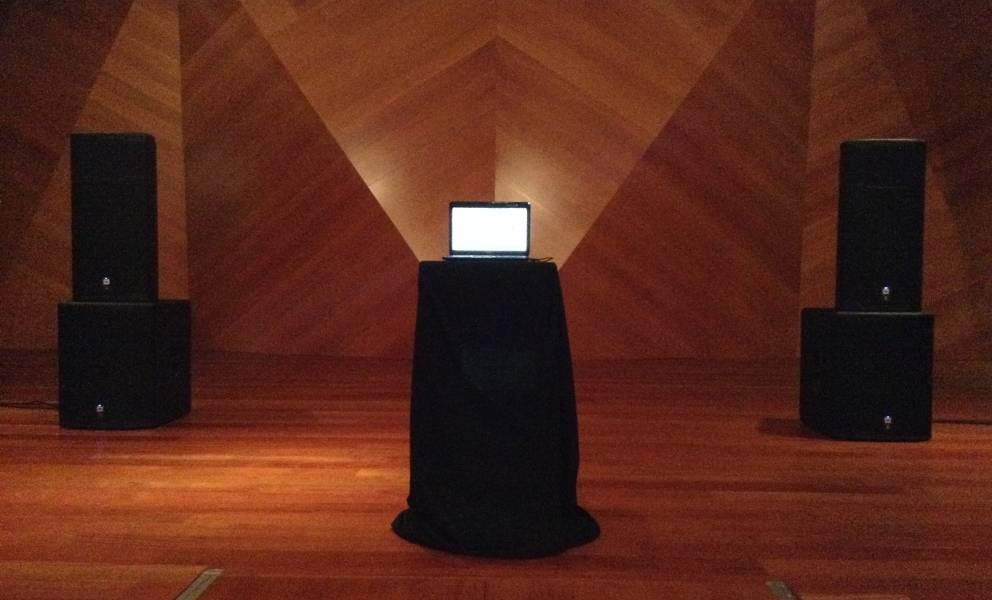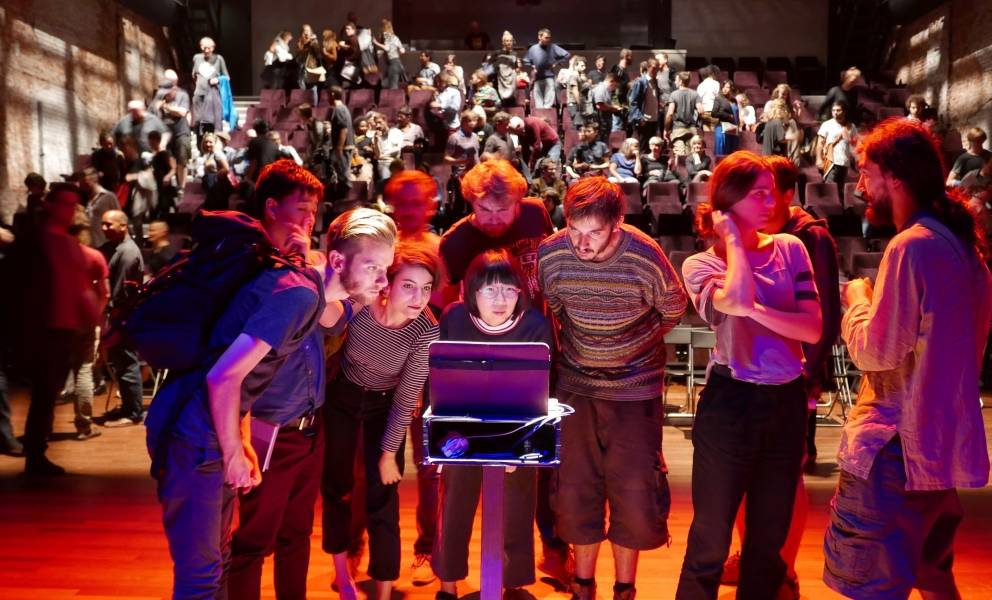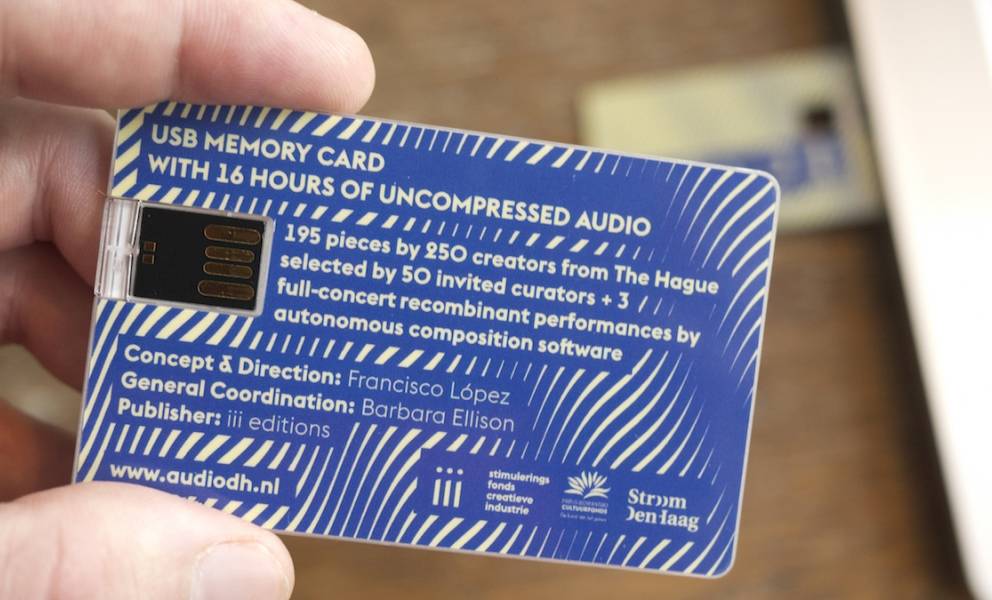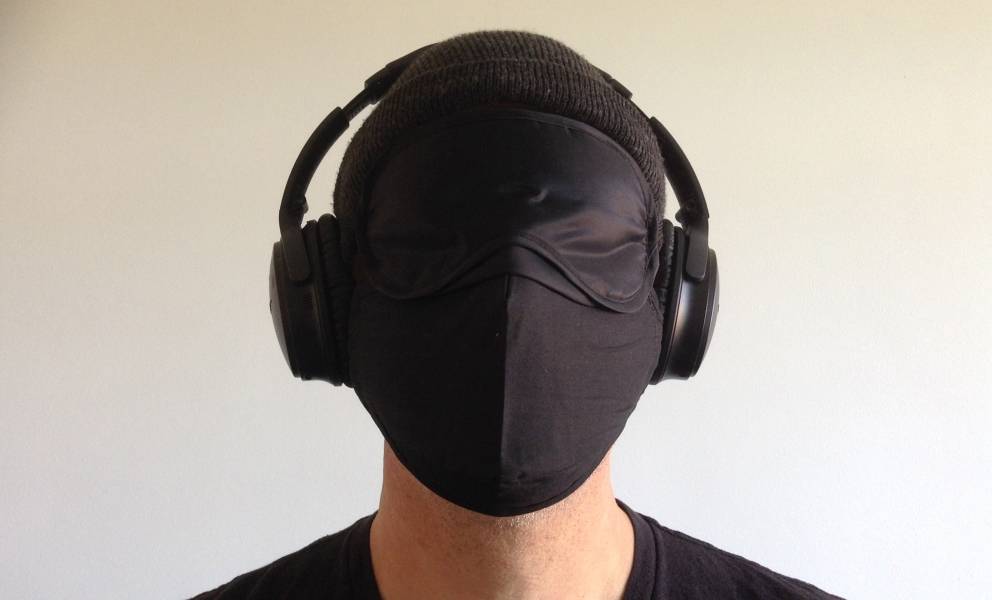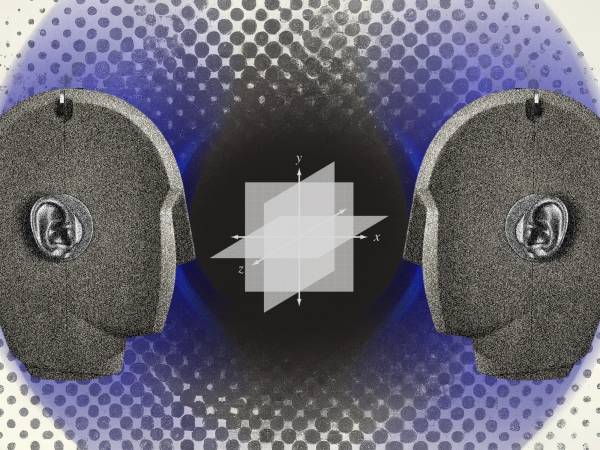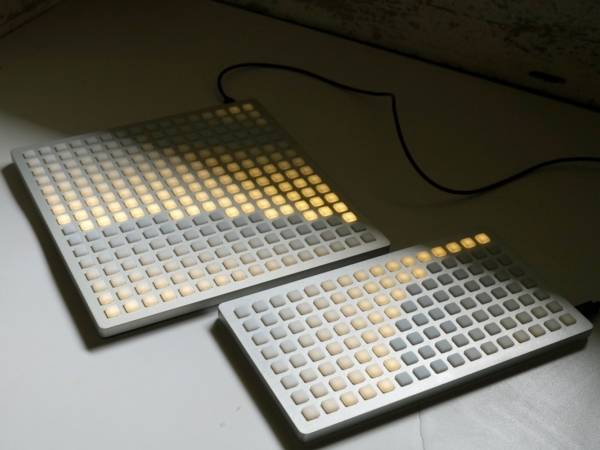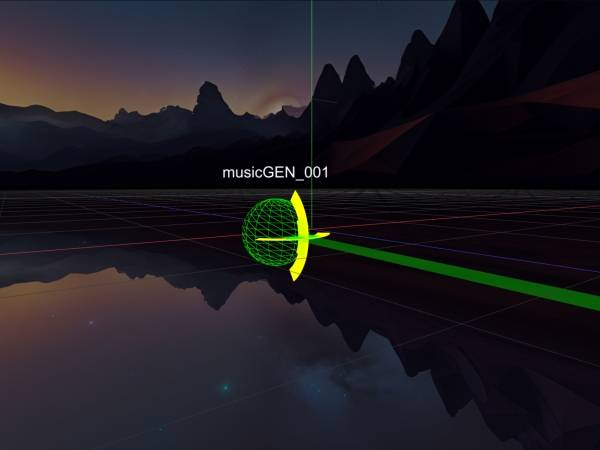5 Minuten
Since the early 2000s, as a composer and audio-artist, I have had a considerable ongoing interest in ‘creative autonomous systems’, which I consider to be a wider techno-cultural category/concept than current (early 2020s) ‘AI’. With the collaboration of several programmers, I developed different experimental prototypes of this kind of creative system, initially under a concept I called ‘Sonic Alter Ego’, which, in a somewhat utopian manner, explored the idea of extending my sonic creative life beyond the grave. Unlike the prompt-based, socially-mimicking AI systems of today, therefore, this very modest one aimed at investigating whether an artificial entity could be developed that would be able to create ‘sort of like me’ (not like others) –aesthetically, stylistically, formally, even emotionally– and thus could continue to do so on its own in the future (in a musical/sonic context, this would likely expand and extend classic concepts such as composition and soundwork to wild new levels). Crucially, however, this wasn’t simply a mimicking system but rather a ‘partnership’ one. So my expectation was to learn from it and be surprised by its creations, new twists and novel ‘ideas’ –and to be able to cooperate with it. Implicit in this are of course notions and technical implementations of both uncontrolled and evolving properties of such an artificial creator. In the best hypothetical scenario for me this creative entity would be ever-changing in its capacities and unknowable in its inner workings. In other words, not a ’tool’ but an autonomous cooperator, even at the risk of setting free a ‘Pandora’s black box’.
I have always had a similar perspective with apparently much simpler machines, particularly with the perceptive non-cognitive ones, like photo cameras and sound recorders, whose main interest for me has never been their imitative representational capacities but rather their exceptional position as potential complementary partners with their unique ability to perceive without thinking, something we can rarely do. So instead of deficient tools providing a second-rate representation of reality –as they are typically understood– they become amazing phenomenological and ontological probes.
Similarly, what I find particularly uninteresting about current mainstream creative AI is that, no matter how apparently sophisticated in its operation, it is mostly understood and used as an imitator/replicator of the appearance of conventional aesthetics. And definitely used and developed with a yardstick of an anthropomorphic and anthropocentric nature. While this might be logical in practical terms for some (e.g., now-widespread commercial uses of prompt-based, AI-generated art), it is a cultural recipe for self-reinforcing, centripetal artistic clichés and standards.
That’s why I think autonomy and unknowability are so relevant for creation: they might reveal what we cannot imagine. What I see as most interesting in so-called AI –and other forms of autonomously creative techno-conglomerates– is precisely their potential for innovative ‘alien-ness’ –what I call the ‘anthropoEXcentric’, as it obviously comes from us but aims at revealing and moving beyond us. That points to aspects and forms of human-machine relationship of complementariness for discovery instead of replacement for imitation. But it also, fundamentally, requires us to be aesthetically truly open: the more ‘alien’ (thus farther away from imitation), the more attentive we should be. That might one day lead to an ‘AA’, a surprising and exciting Artificial Aesthetic.
Such a strong-claim status for creative partnership –instead of simple ‘toolness’– in an artificial entity might naturally elicit proof or demonstration, so during the 2010s I developed (again with the collaboration of different programmers) two implementations of a peculiar project of sonic creation with collective contributions from hundreds of artists and an autonomous composer-performer in charge of the real-time composition and live performance. Using audio contributions understood as both pieces and building blocks / materials for further transformation and creation (processing, editing, mixing, etc.), this entity would, in real time, ‘listen’ to the pool of options, select, transform and playback with no human controller during live performance. This project materialized first in Madrid in 2014 with the contributions of 100 artists (‘audio-MAD’: https://audio-mad.bandcamp.com/releases) and then in The Hague in 2016, with contributions from 250 artists (‘audio-DH’: http://audiodh.nl/).

Audio-only double DVD-data release audio-MAD (2014)
These two implementations of the project developed different autonomous entities, playfully named with intentionally ironic anthropomorphic acronyms: PEPA (a common Spanish female nickname, after ‘Programa Experimental de Procesamiento de Audio’) and HARING (a common product in The Hague, after ‘(Humanless Audio Recombinator for Infinite Novelty Generation). The results did not imitate the aesthetic or style of any of the participating artists but flowed creatively according to a multiplicity of open rules and criteria for ‘composing’ and ‘performing’ that could naturally be changed, tweaked or let to evolve. This was presented with a solitary laptop computer on a plinth on stage, with no human controller, ‘facing’ the audience. A crucial outcome of all this is that, in my opinion (as well as that of many experienced people in the audience), this system passed the Turing test as composer and live performer of experimental music.
I believe that the autonomy of the artificial entities –if it’s truly creative– should be embraced. In non-toolness partnership, it brings in what we don’t have and changes us in unimaginable ways. Playing with Promethean fire is indeed dangerous but we wouldn’t be human without it.
This short text was originally written in May 2023 as a reply to a set of generic question on AI and music by Jonas Vognsen (posed to a number of musicians and composers) for a dedicated issue of the online magazine Perfect Sound Forever. The complete publication with all the questions and replies can be found here: http://www.furious.com/perfect/artificialintelligencemusic.html
Links to software
audio-MAD (2014)
https://audiopoliscentrocentro.wordpress.com/english/artists/audio-mad/
scroll to section “PEPA”: https://noconventions.mobi/noish/hotglue/?PEPA/
Programmer: Oscar Martín
audio-DH (2016)
https://audiodh.nl/
tab “HARING” scroll down to “HARING is available for free download on GitHub “: https://github.com/projectHARING/
Programmer: Darien Brito
This essay is licensed under a Creative Commons Attribution Non-Commercial No Derivatives 4.0 International License. Under this license, the author allows anyone to copy and freely re-distribute the PDF file of this essay, so long as the author and source are cited. Statutory fair use and other rights are in no way affected by the above. Read more about the license at http://creativecommons.org/licenses/by-nc-nd/4.0/
Francisco López
Francisco López is internationally recognized as one of the main figures in the realm of experimental music and audio art. His experience in the field of sound creation and work with environmental recordings covers a period of more than forty years, during which he has developed an impressive sound universe that is completely personal and iconoclastic and based on a profound listening to the world. He has realized hundreds of sound installations, projects with field recordings, and concerts/performances in over eighty countries, including the main international concert halls, museums, galleries and festivals, such as: National Music Auditorium (Madrid), PS1 Contemporary Art Center (New York), Museum of Modern Art (Paris), International Film Festival (Rotterdam), Festival des Arts (Brussels), EMPAC (Troy, USA), Darwin Fringe (Darwin, Australia), Institute of Contemporary Art (London), Museum of Modern Art of Buenos Aires, Museum of Contemporary Art of Barcelona, Center of Contemporary Art (Kita-Kyushu, Japan), National Museum Reina Sofía (Madrid), Spanish Pavilion at the Expo Dubai (United Arab Emirates), etc. His extensive catalogue of sound pieces –with live and studio collaborations, as well as projects curated and directed, with more than a thousand artists– has been released by over 450 recording labels / publishers all over the world. Among other prizes, López has been awarded five times with honorary mentions at the prestigious Ars Electronica Festival (Austria) and is the recipient of a Qwartz Award (France) for best sound anthology.
Article topics
Article translations are machine translated and proofread.
Artikel von Francisco Lopez
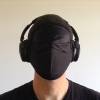 Francisco Lopez
Francisco Lopez 